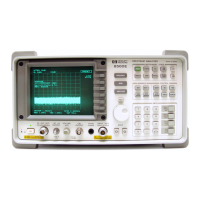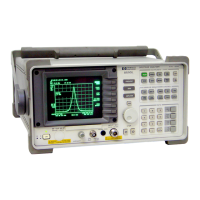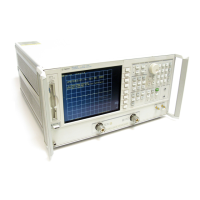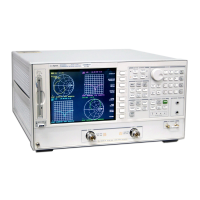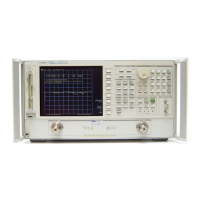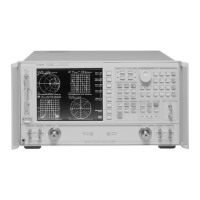What do I need for proper cleaning? Cleaning Instructions
Agilent 8163A/B, 8164A/B & 8166A/B Mainframes, Sixth Edition 427
We recommend that you do not use normal cotton tissues, but multi-
layered soft tissues made from non-recycled cellulose. Cellulose tissues
are very absorbent and softer. Consequently, they will not scratch the
surface of your device over time.
Use care when cleaning, and avoid pressing on your optical device with
the tissue. Pressing too hard may lead to scratches on the surface or
misalignment of your device. Just rub gently over the surface using a small
circular movement.
Use only clean, fresh soft tissues and never apply them twice. Any dust
and dirt from the air which collects on your tissue, or which has gathered
after initial cleaning, may scratch and pollute your optical device.
Pipe cleaner
Pipe cleaners can be purchased from tobacconists, and come in various
shapes and sizes.The most suitable one to select for cleaning purposes
has soft bristles, which will not produces scratches.
There are many different kinds of pipe cleaner available from tobacco
shops.
The best way to use a pipe cleaner is to push it in and out of the device
opening (for example, when cleaning an interface). While you are cleaning,
you should slowly rotate the pipe cleaner.
Only use pipe cleaners on connector interfaces or on feed through
adapters. Do not use them on optical head adapters, as the center of a pipe
cleaner is hard metal and can damage the bottom of the adapter.
Your pipe cleaner should be new when you use it. If it has collected any
dust or dirt, this can scratch or contaminate your device.
The tip and center of the pipe cleaner are made of metal. Avoid
accidentally pressing these metal parts against the inside of the device, as
this can cause scratches.
Compressed air
Compressed air can be purchased from any laboratory supplier.
It is essential that your compressed air is free of dust, water and oil. Only
use clean, dry air. If not, this can lead to filmy deposits or scratches on the
surface of your connector. This will reduce the performance of your
transmission system.
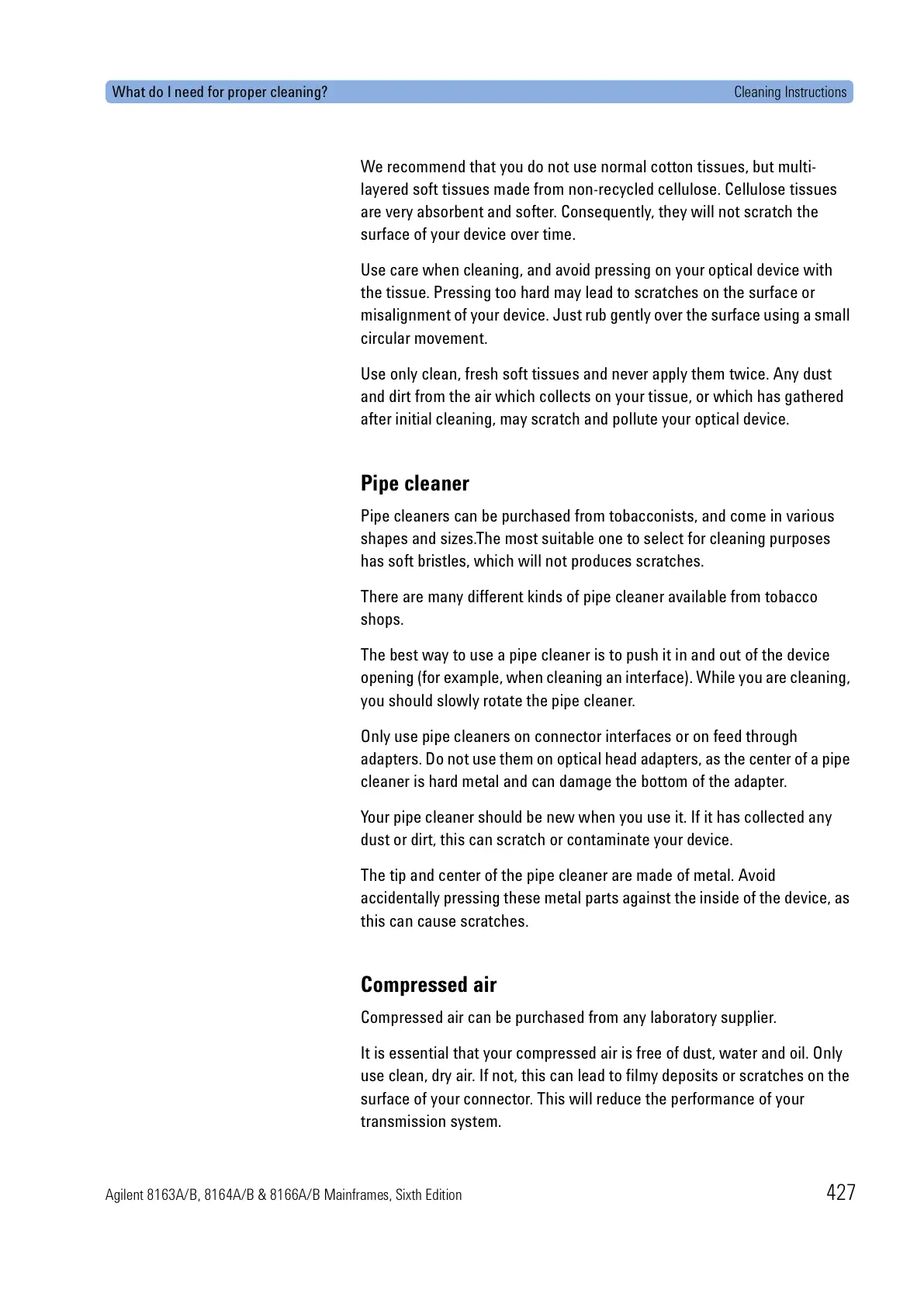